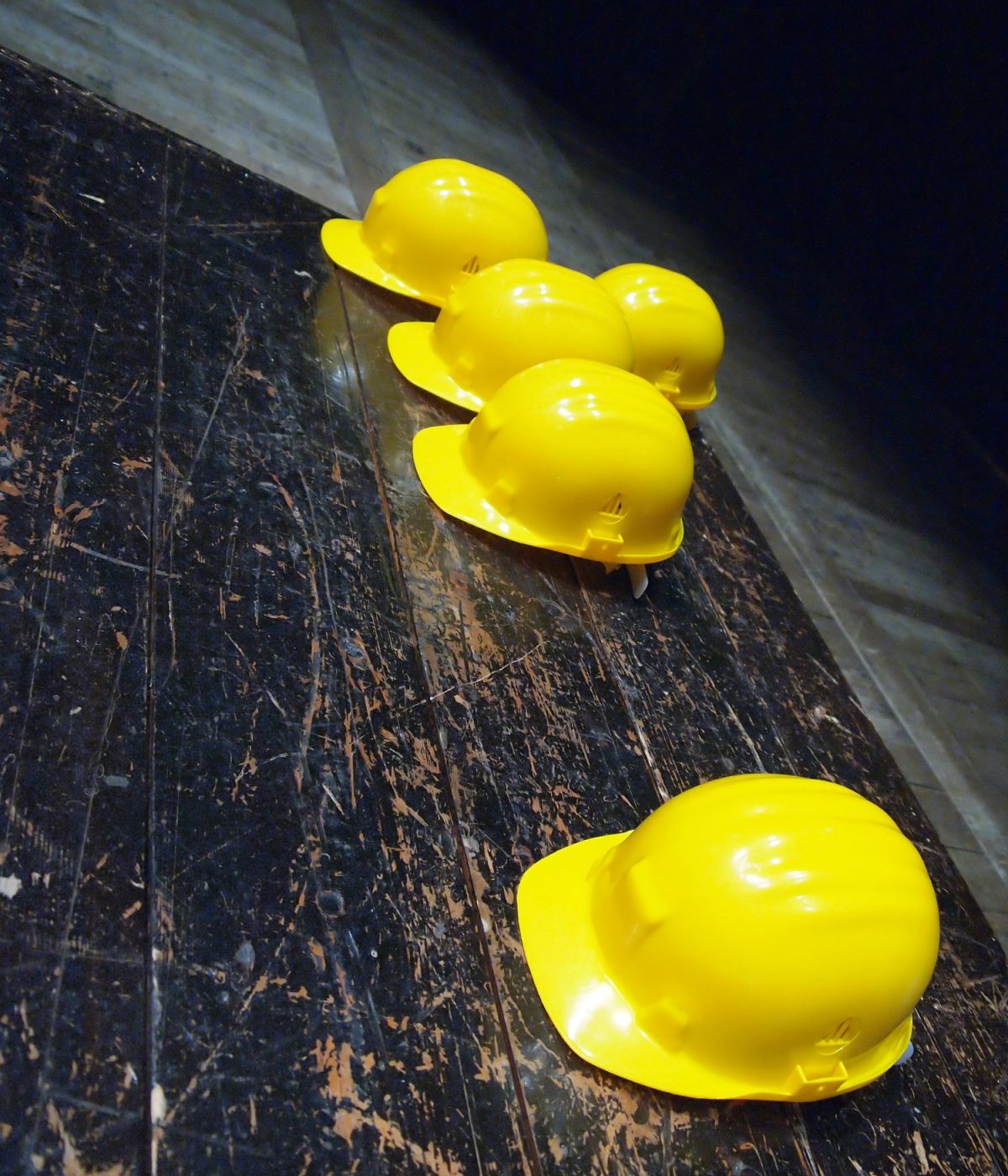Elisabethstraße: sewer undergoing refurbishment

Between 29 March and 2 July 2021, the sewer in Elisabethstraße will undergo refurbishment along a section of 600 metres; the refurbishment will be carried out by Holding Graz Water Management using the low-excavation method. The sewer in Elisabethstraße between Merangasse and the glacis is one of the oldest sewers in Graz – it is around 90 years old and therefore requires a comprehensive refurbishment in order to be able to guarantee the reliable discharge of the waste waters from the surrounding areas in the future too.
Details about the excavation work:
Holding Graz Water Management department has developed several underground procedures over the last few years with which open excavation can be avoided in 90 per cent of cases. “Low excavation” is the key word: The sewers are refurbished through the existing duct openings or by selective excavations with dimensions of around 2 by 2 metres. This results in a substantial reduction not only in dust and noise; in addition, the construction time is also reduced due to the low-excavation method and thus the restrictions for neighbours and traffic minimised.

General info on the water management and the low-excavation construction method: